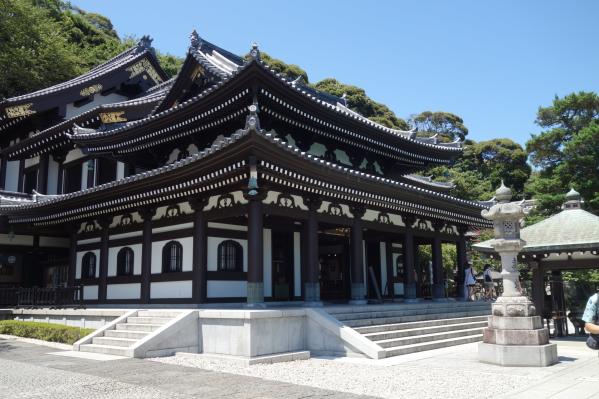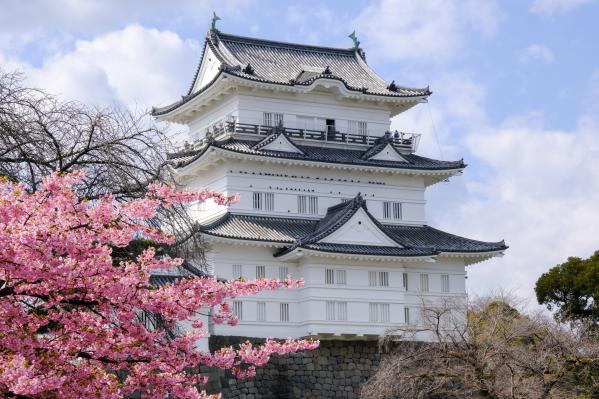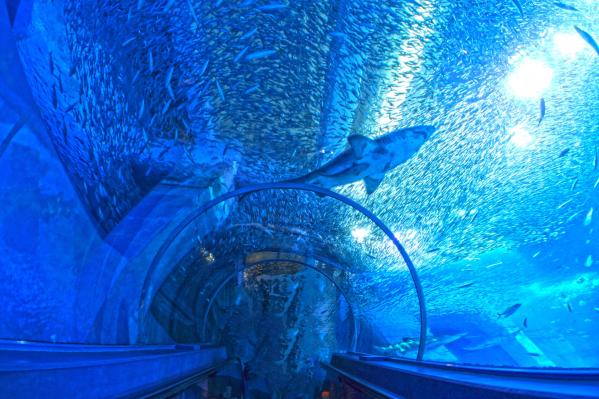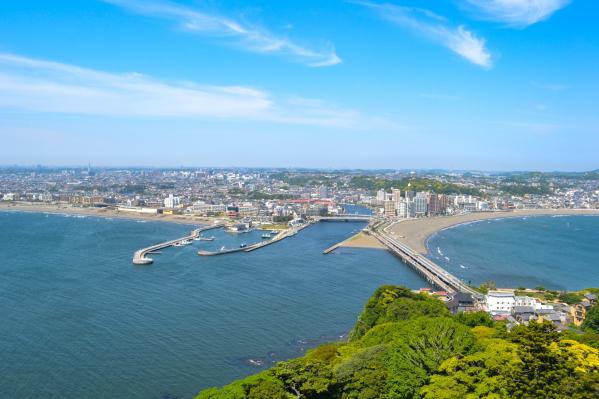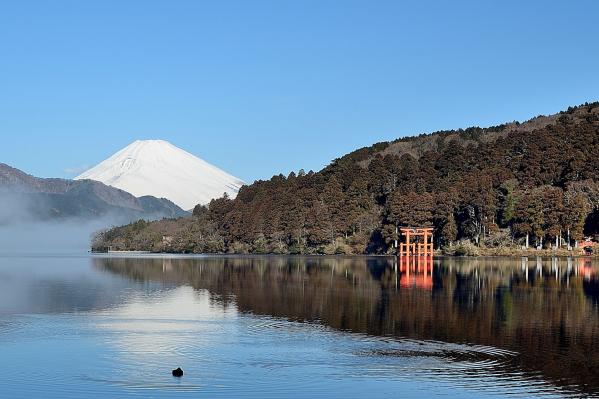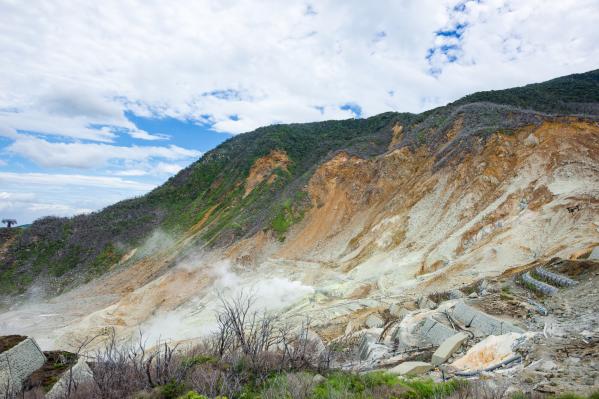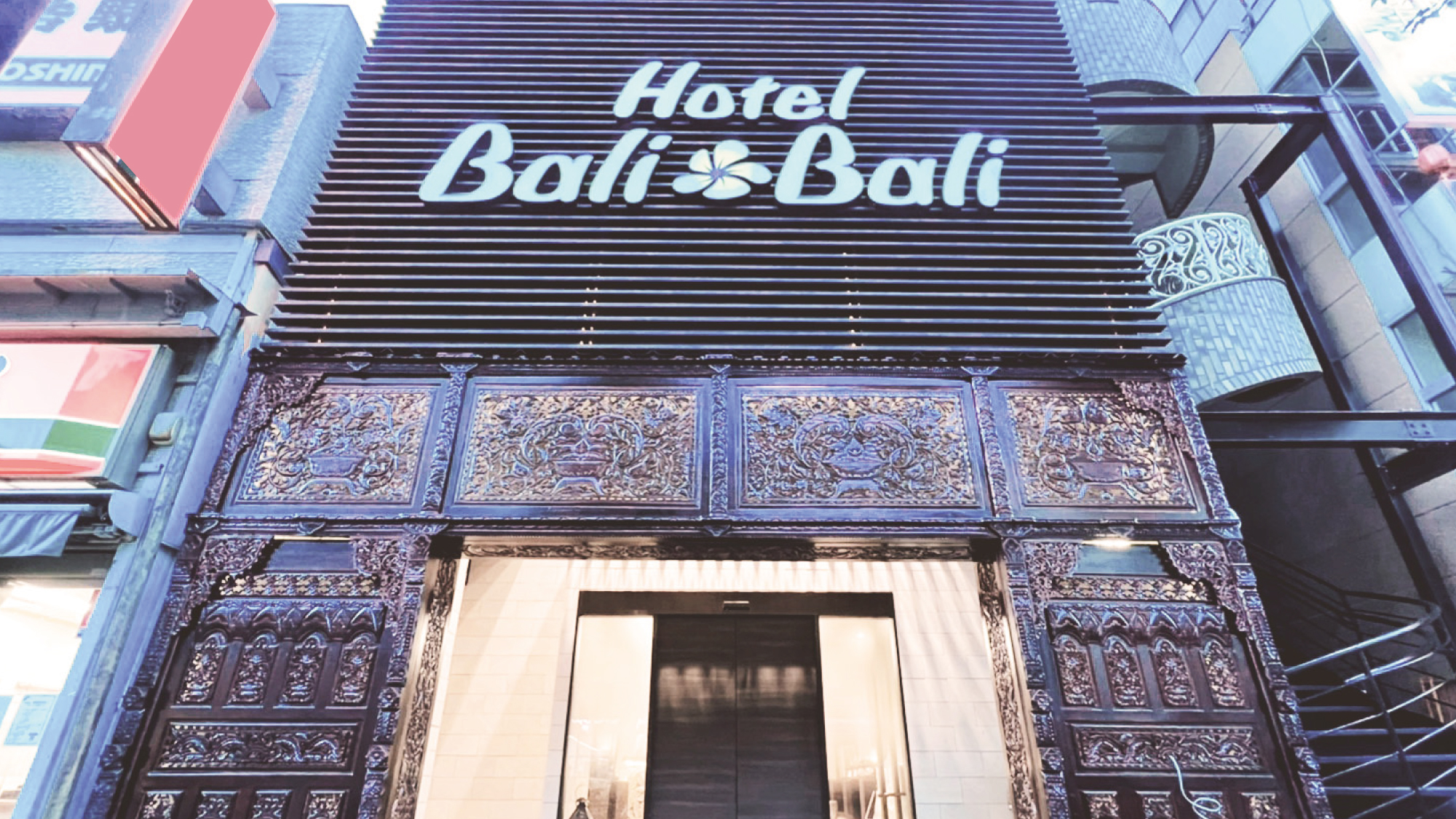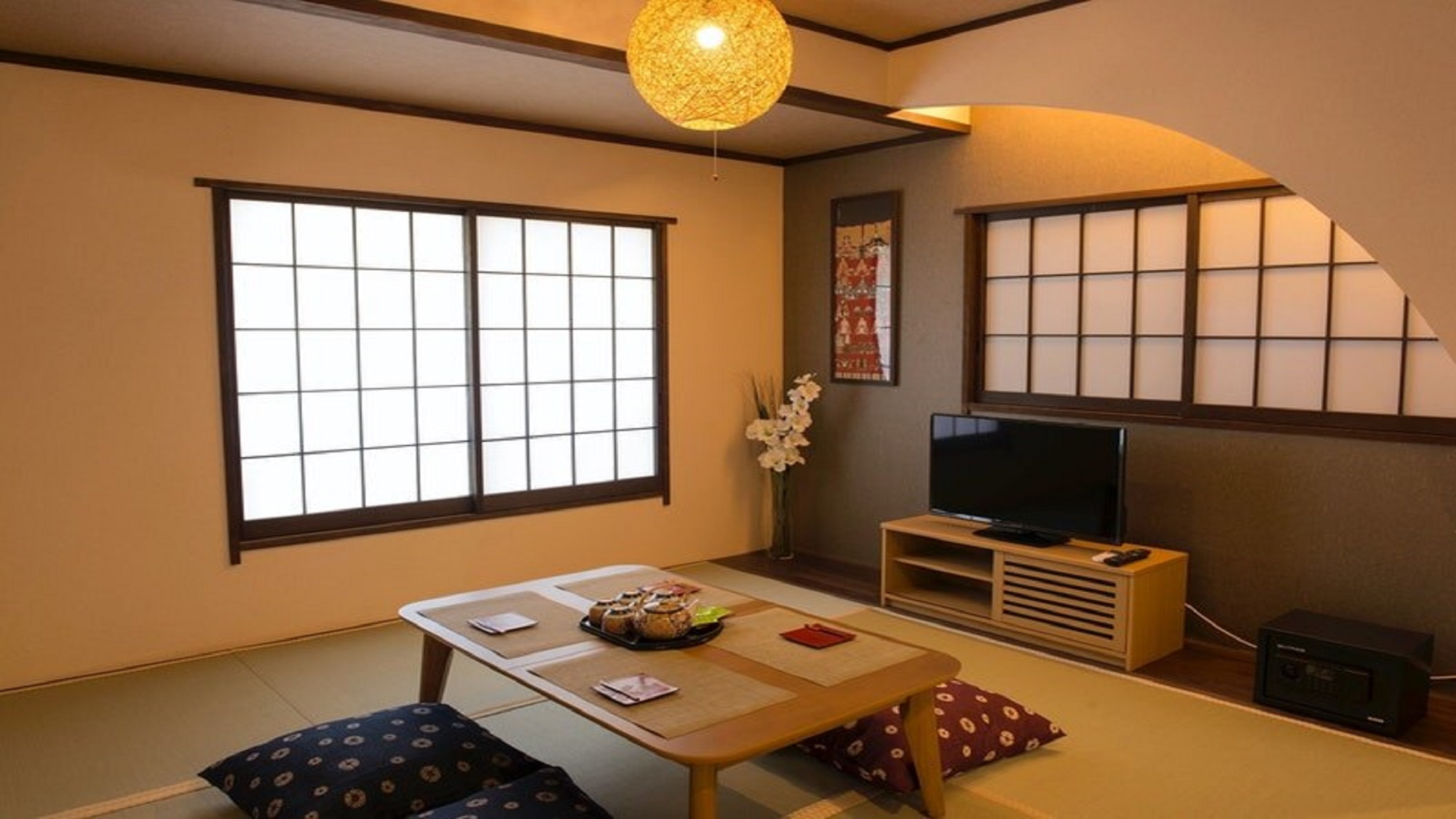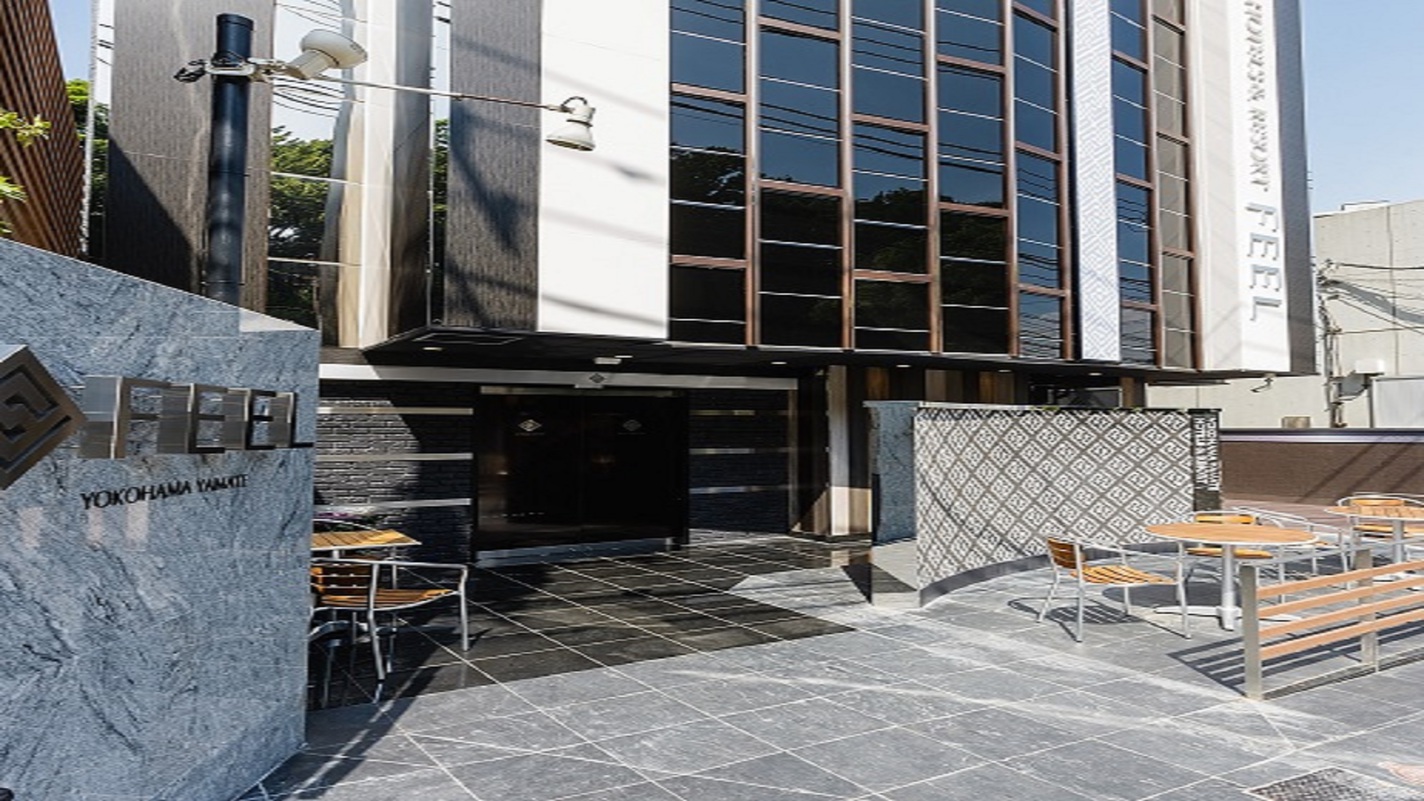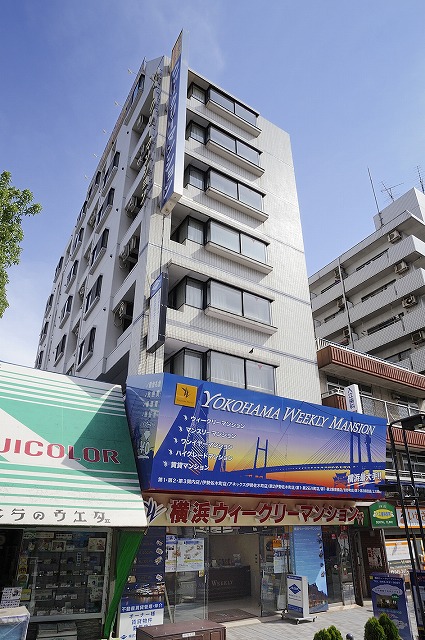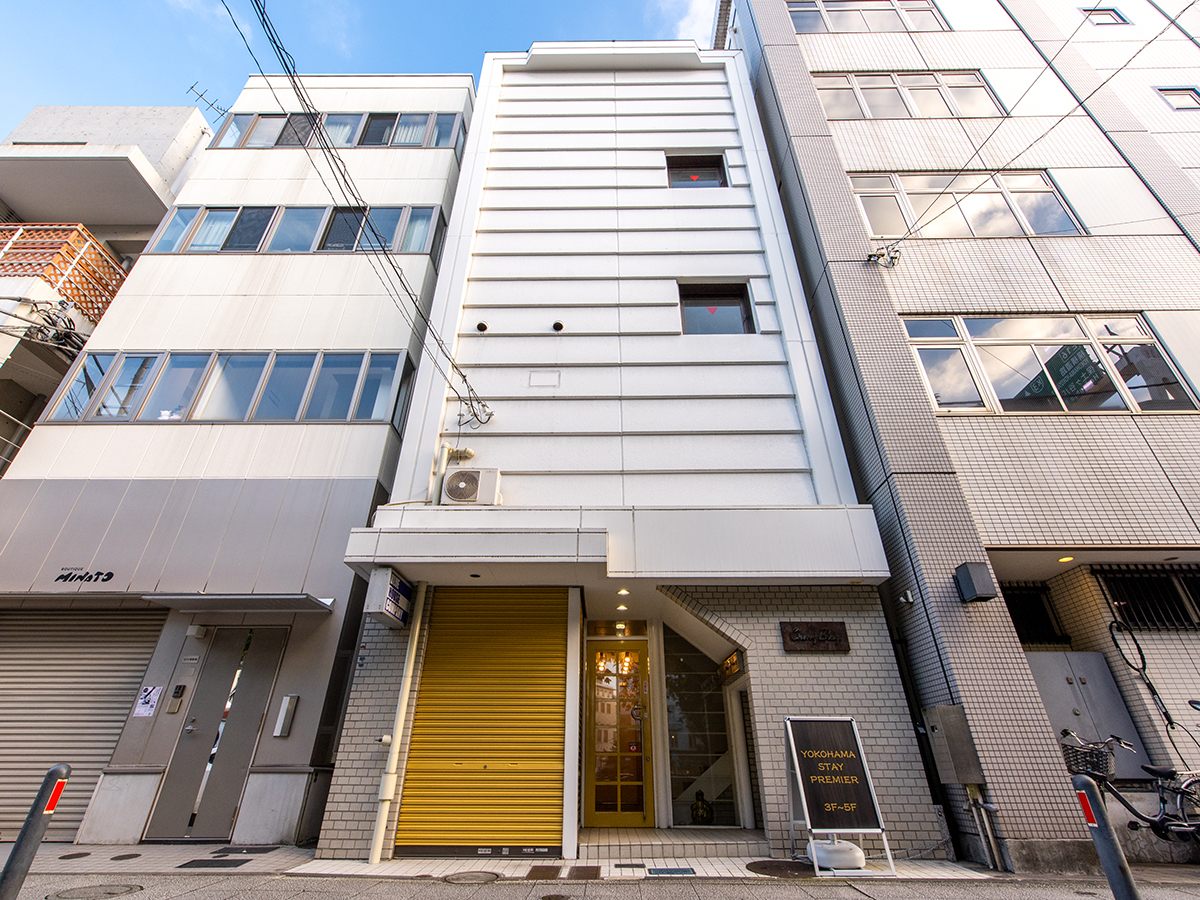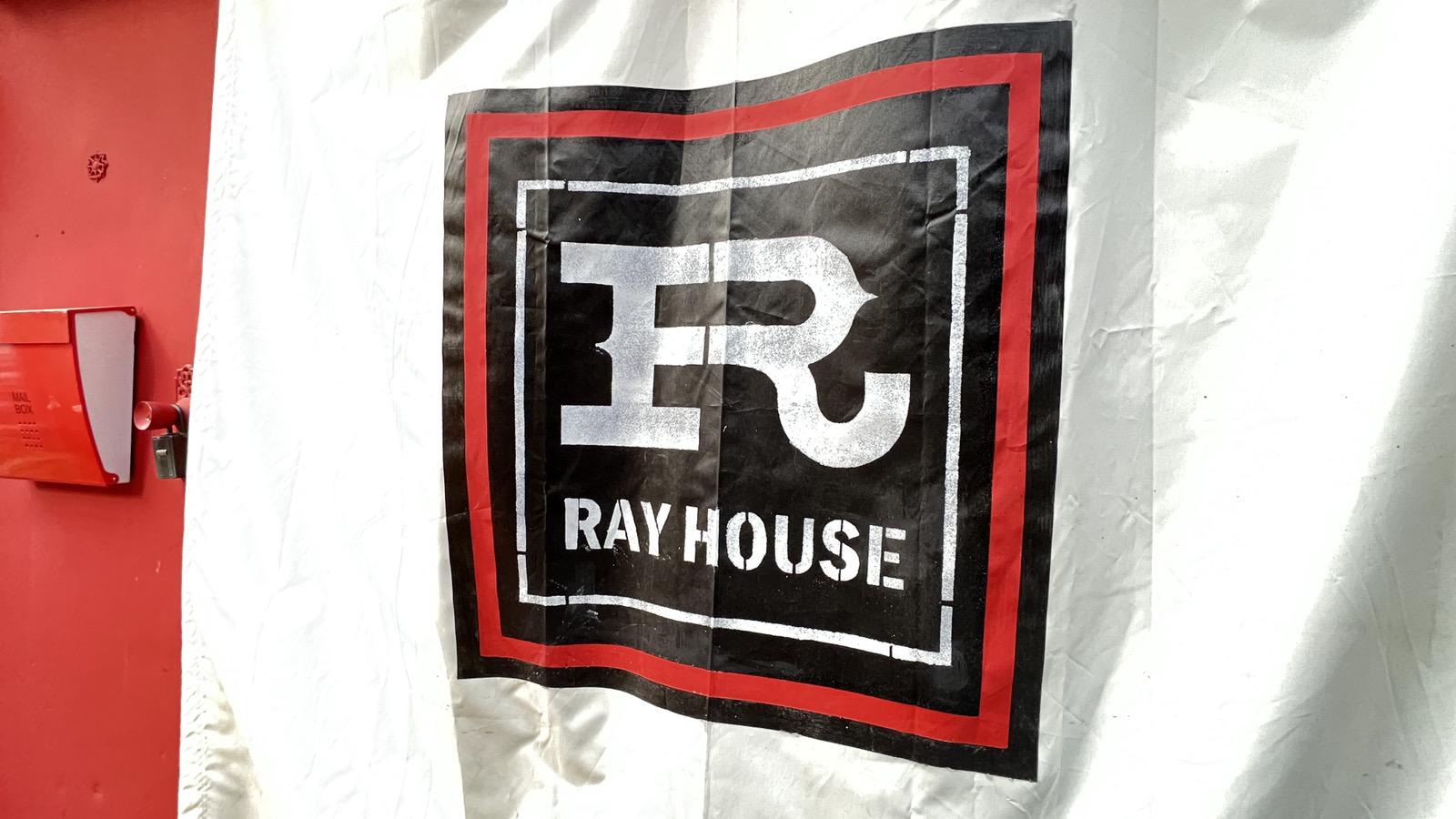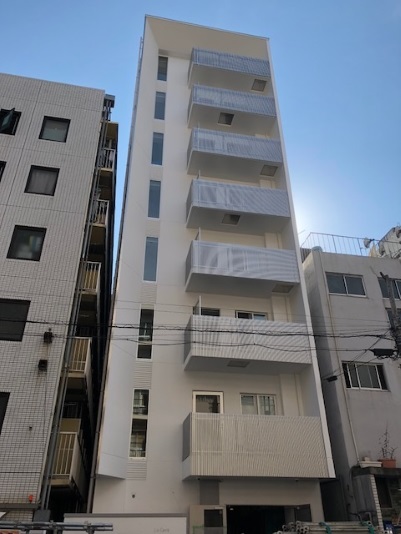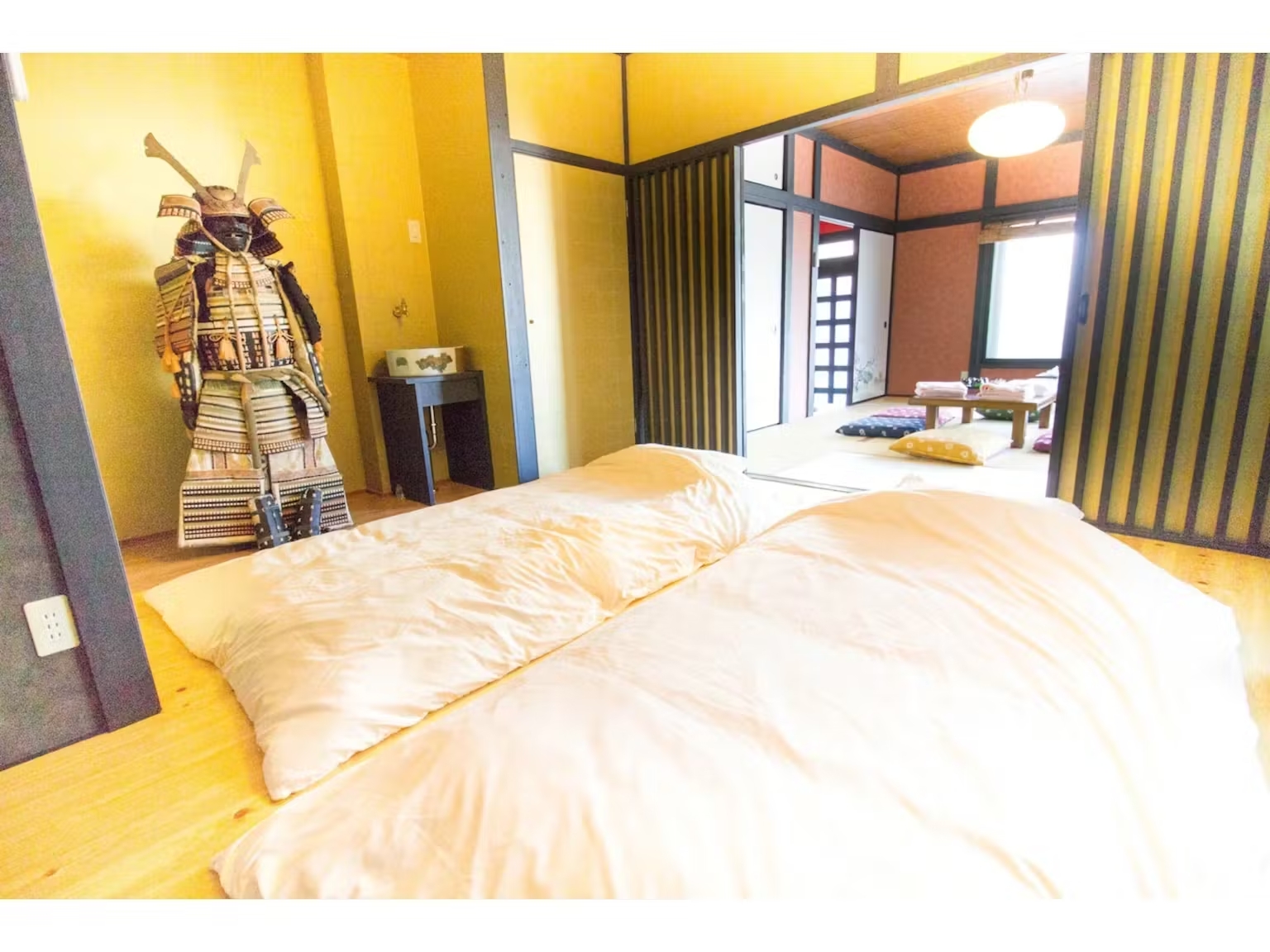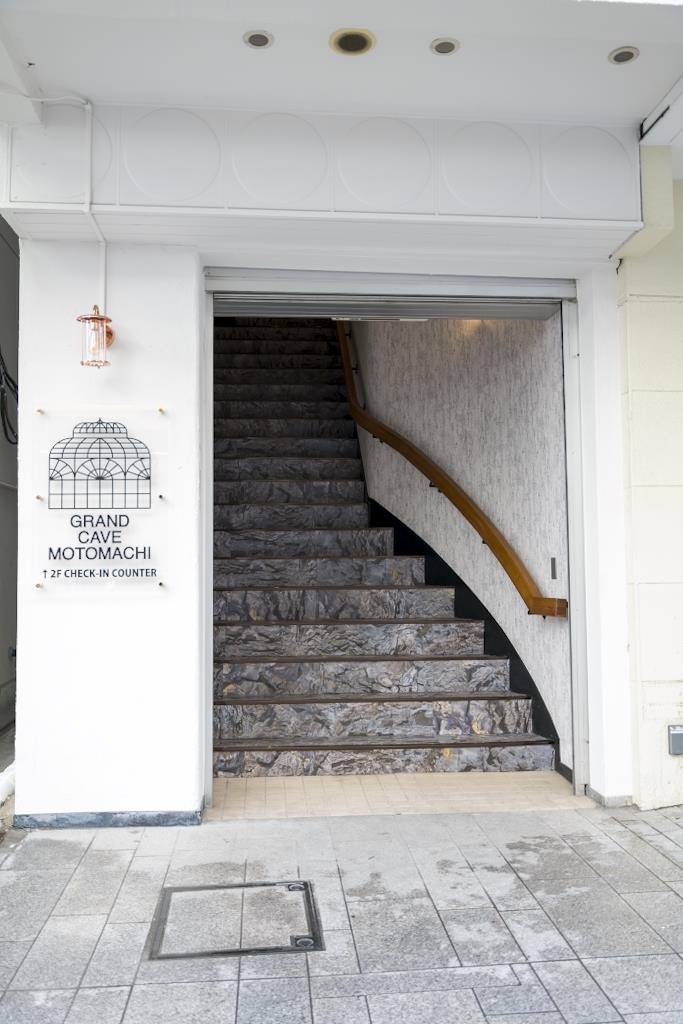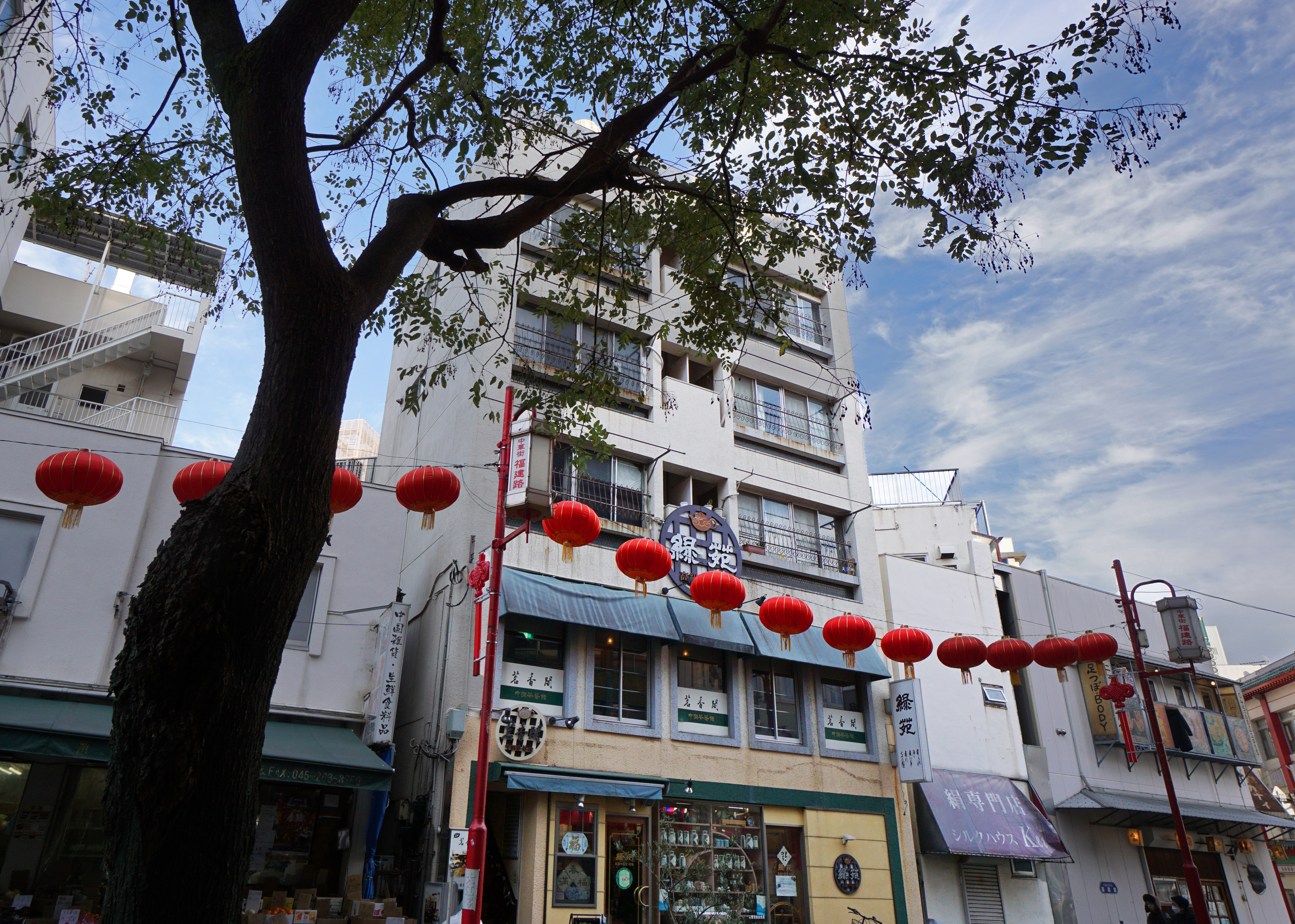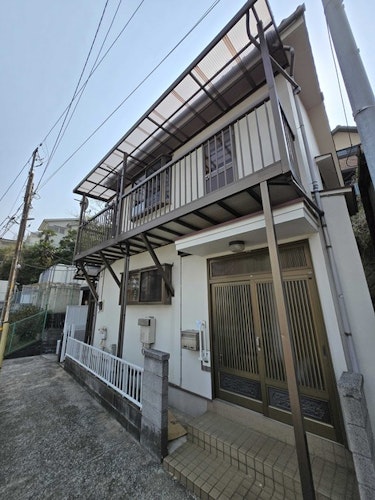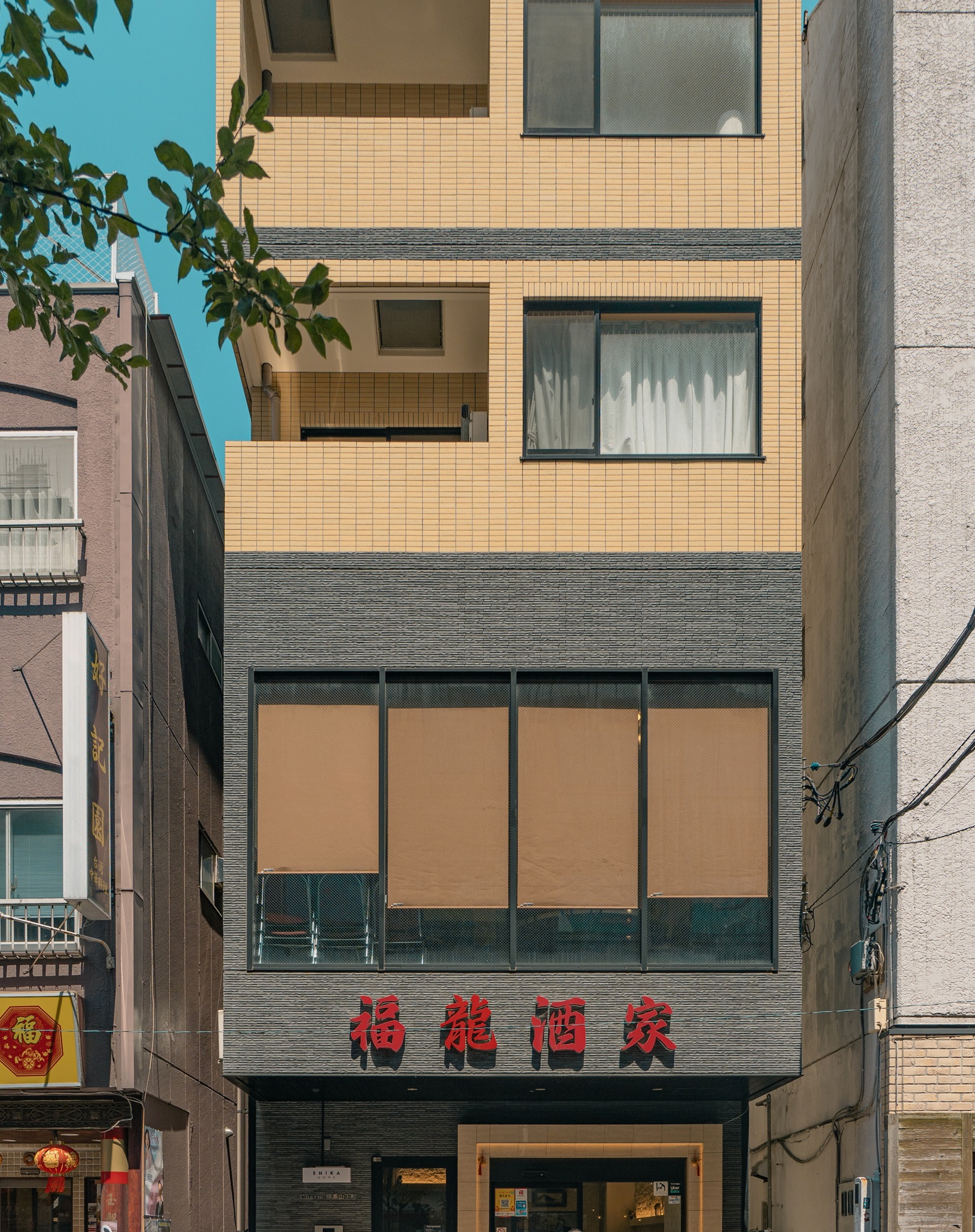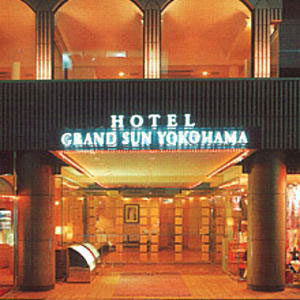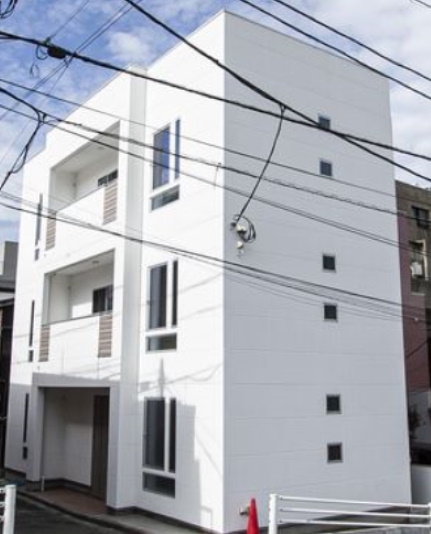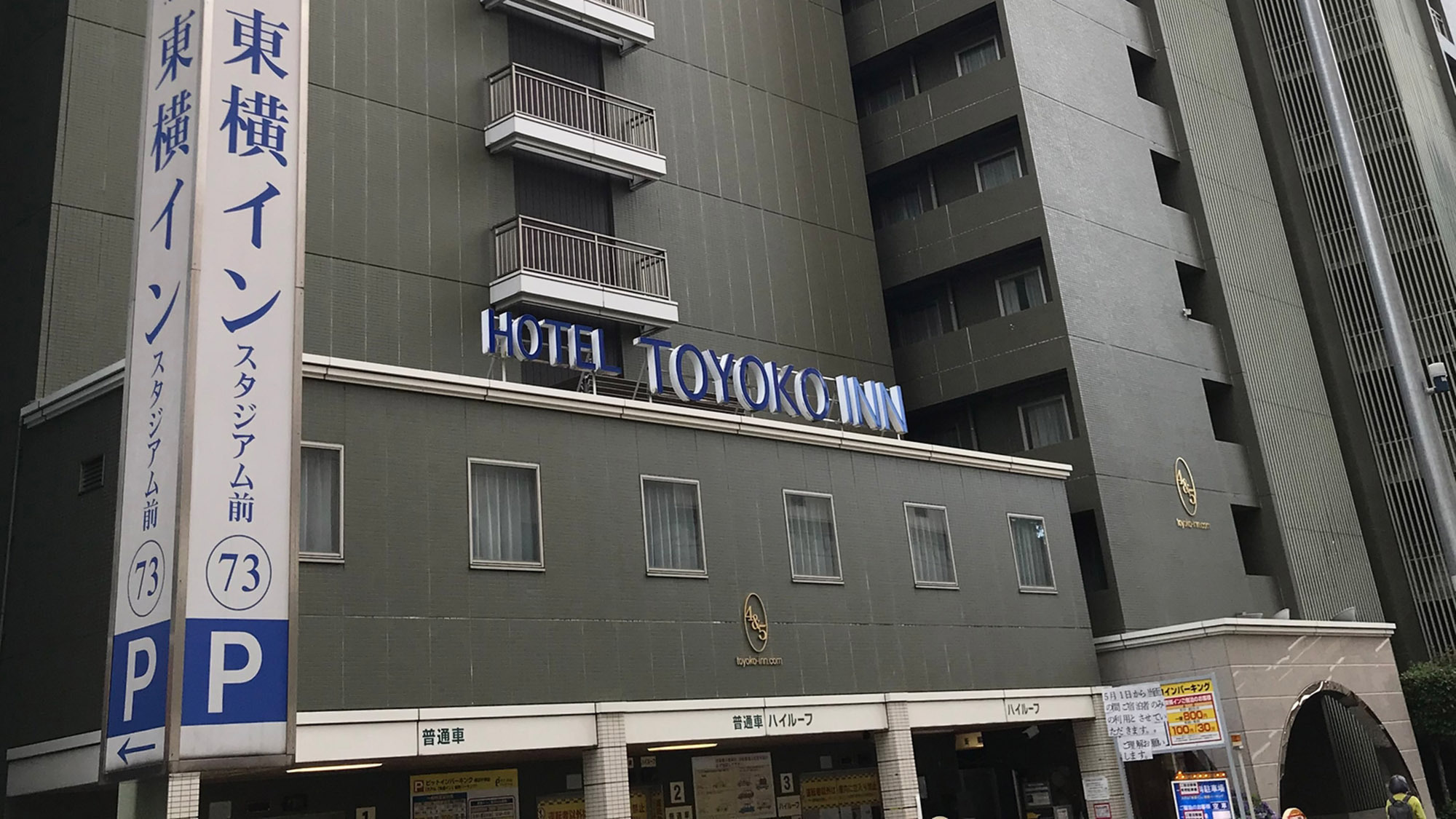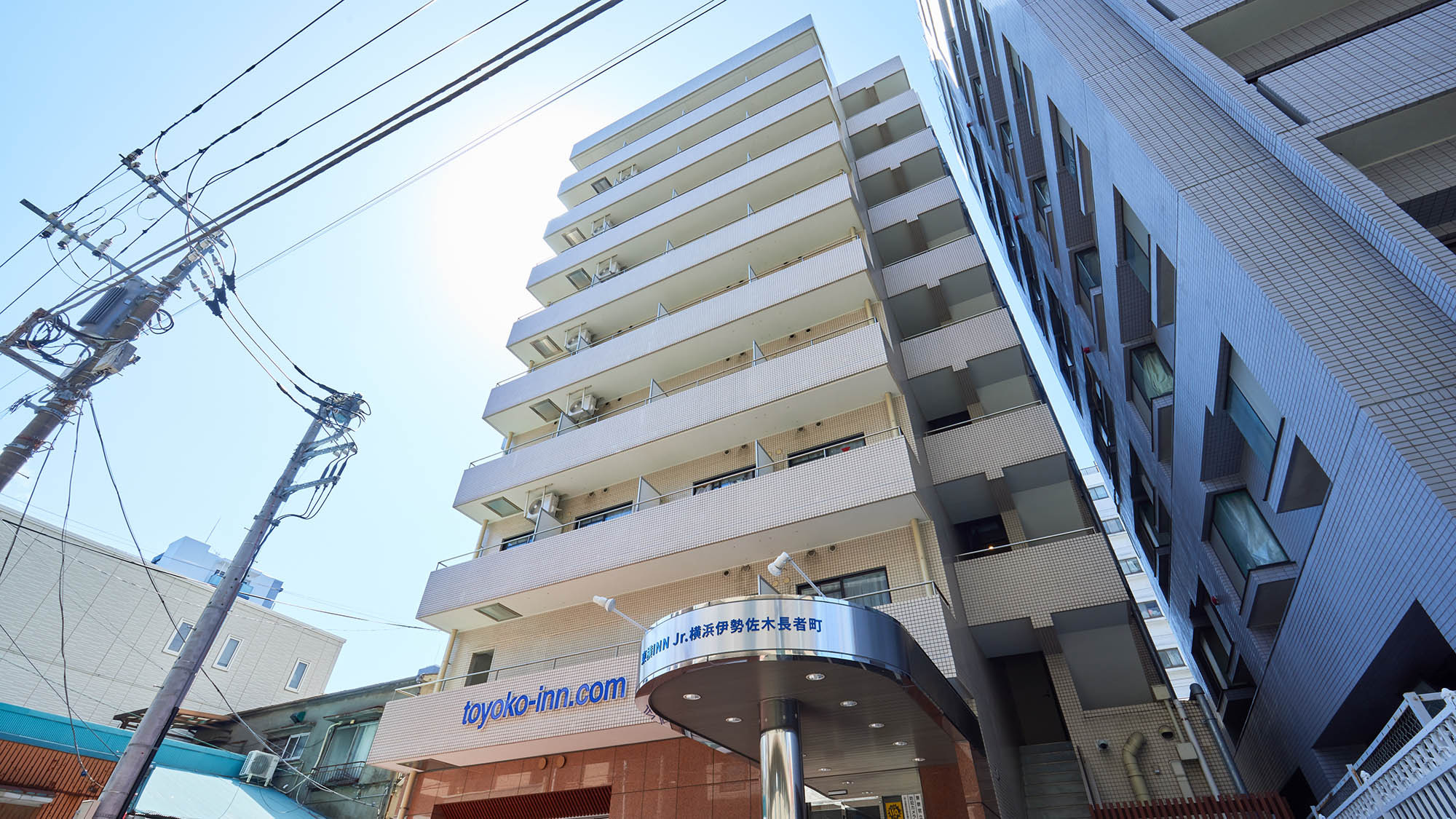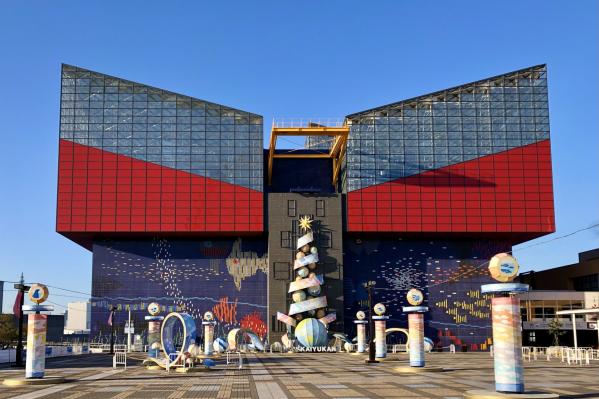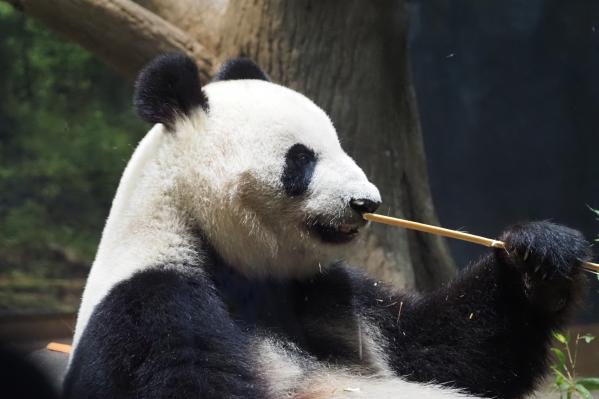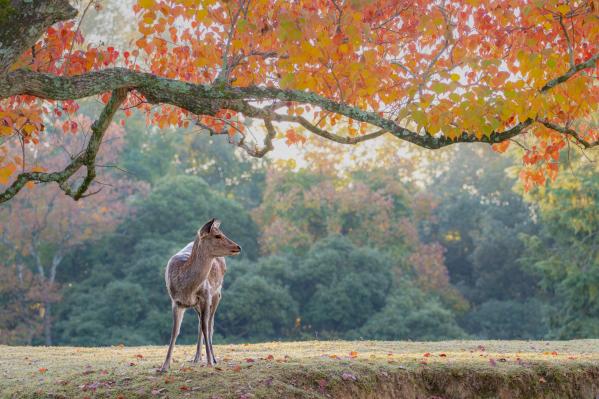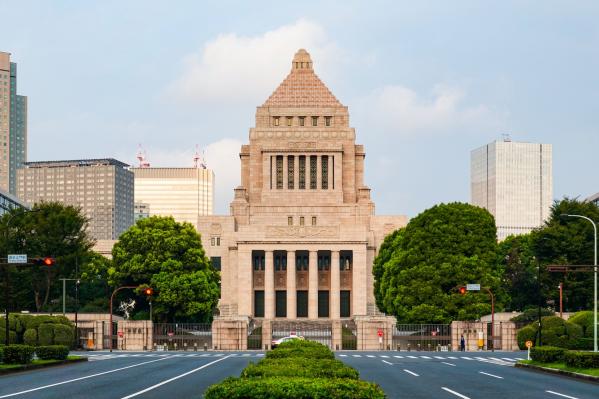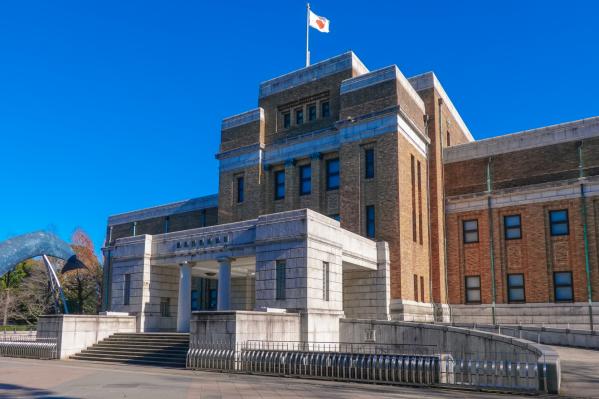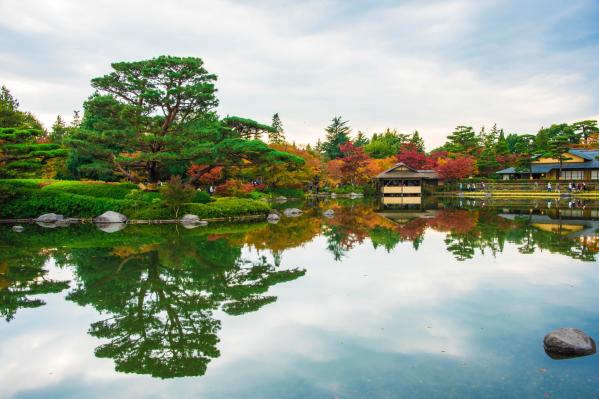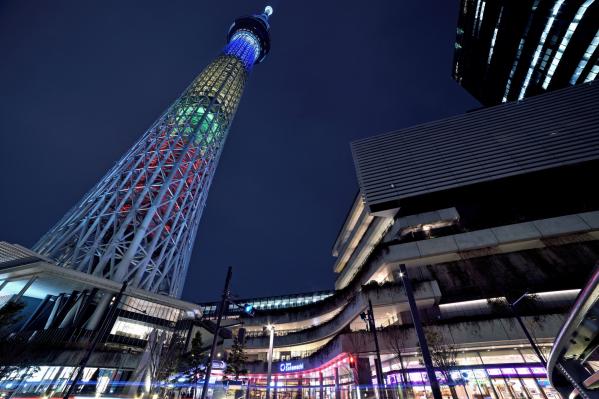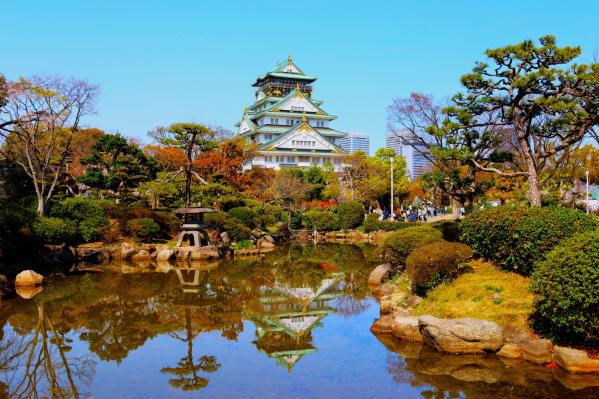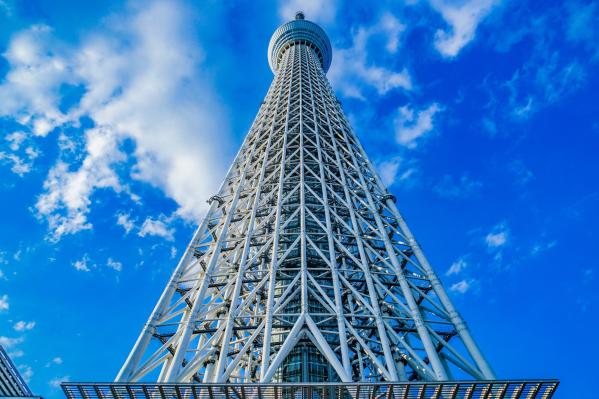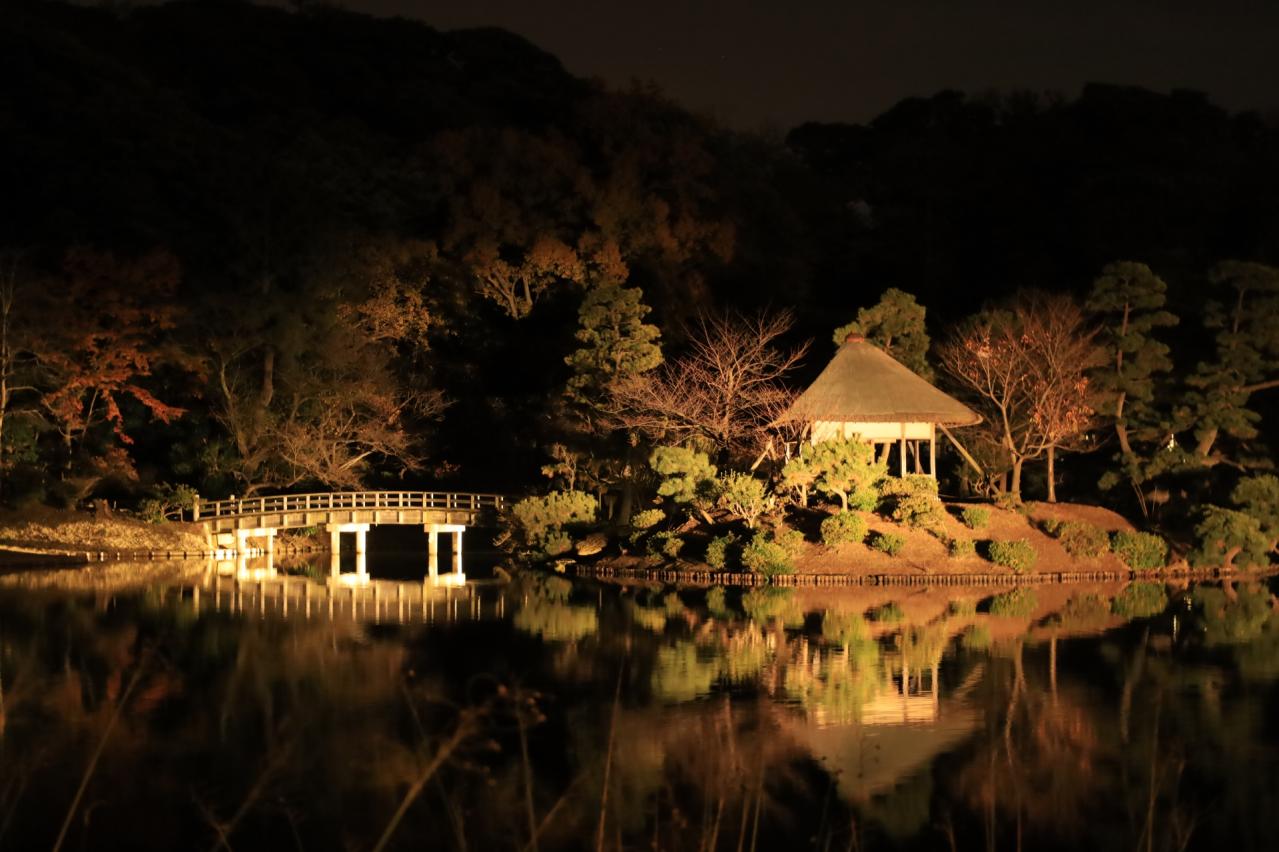
Sankeien
Basic Information
- Spot Name
- Sankeien
- Location
- 〒231-0824 58-1, Honmoku Sannoya, Naka Ward, Yokohama City, Kanagawa Prefecture, Japan
- Access
- From JR Keihin-Tohoku/Negishi Line "Negishi":
Take Yokohama City Bus Routes 58 or 101 for about 10 minutes to "Honmoku" bus stop, then walk for 10 minutes.
From JR Keihin-Tohoku/Negishi Line "Yokohama" Station East Exit:
Take Yokohama City Bus Routes 8 or 168 for about 40 minutes to "Sankeien Entrance" bus stop, then walk for 5 minutes.
Burari Sankeien Bus: About 36 minutes (operates on weekends and holidays only), get off at "Sankeien".
From JR Keihin-Tohoku/Negishi Line "Sakuragicho" Station:
Take Yokohama City Bus Route 8 for about 28 minutes to "Sankeien Entrance" bus stop, then walk for 5 minutes.
Burari Sankeien Bus: About 26 minutes (operates on weekends and holidays only), get off at "Sankeien". - Parking
- Parking available
- Business Hours
- 9:00 AM to 5:00 PM (Last entry at 4:30 PM)
- Regular Holiday
- December 26th to December 31st
- Fees
- Adults (high school students and above) 900 yen
Elementary and middle school students 200 yen - Contact Information
- Phone Number:045-621-0634
- Official Website
Map
Detailed Information
Sankeien Garden is a vast landscape pond stroll garden of approximately 175,000 square meters, which was opened to the public in 1906 by businessman Hara Sankeien (real name: Hara Tomitaro), who made his fortune in the silk and silk trade. It is now recognized as a nationally designated scenic spot and is beloved by many as a historical site representative of Yokohama.
Within the garden, 17 historical structures, including temple buildings and traditional houses relocated from Kyoto, Kamakura, and the Kansai region, are skillfully arranged. Among them, ten structures, including the Rinshunkaku, the former Tōmyō-ji Three-storied Pagoda, and the former Tōkeiji Buddha Hall, are designated as Important Cultural Properties, and three are designated as City-designated Tangible Cultural Properties of Yokohama, rendering the entire garden so valuable that it can be called an "outdoor architectural museum." The former Tōmyō-ji Three-storied Pagoda, built during the Muromachi period, was relocated in 1914 and continues to show its elegant form as a symbol of Sankeien Garden.
Sankeien Garden is composed of two areas: the outer garden centered around a spacious large pond and the inner garden where notable ancient buildings are gathered. In the outer garden, visitors can enjoy leisurely strolls while admiring the views of the three-storied pagoda and tea houses across the large pond, while the inner garden presents a tranquil space of traditional Japanese aesthetics, featuring Rinshunkaku, which served as a samurai residence, and various temple buildings. A full tour of the garden takes approximately 90 to 120 minutes, allowing visitors to relish the landscapes woven from nature and architecture.
Hara Sankeien is well-known not only for his success as a businessman but also as an art lover and cultural figure, actively collecting antique art and supporting young artists. Thanks to his exceptional aesthetic sensibility and the choice of buildings relocated, Sankeien Garden has acquired unique cultural value and is highly regarded today as a place to learn about Japanese culture and architectural history.
The seasonal flowers and trees are another great allure of Sankeien Garden. Visitors can enjoy the diverse beauty of nature throughout the year, from plum blossoms in early spring, cherry blossoms in spring, wisteria and iris in early summer, lotuses in summer, to autumn leaves and camellias in winter. Particularly during the autumn foliage season, the surroundings of Chōkyūkan in the inner garden and Yokuhōan and Hayatoan in the outer garden burst into beautiful colors, allowing one to feel the charm of an ancient capital while in Yokohama. During this season, a special walkway beyond Chōkyūkan is opened, allowing visitors to savor breathtaking views of the autumn leaves with the three-storied pagoda in the distance.
In the spring, the park's opening hours are extended to coincide with the cherry blossom bloom, creating a magical landscape with the illuminated three-storied pagoda and night cherry blossoms. Seasonal events like "Evening of Fireflies" are held, making it a popular garden where one can enjoy different expressions both day and night throughout the seasons. In recent years, it has also gained significant support from foreign tourists and is recognized internationally as a place for experiencing Japanese culture.
Within the garden, there are tea houses and dining places where visitors can enjoy soba, udon, seasonal bento, Japanese sweets, matcha, and wagashi. A museum shop offers original Japanese goods and wagashi souvenirs from Sankeien Garden. Additionally, the Sankeien Memorial Hall features exhibition of works by artists related to Sankeien and a matcha corner, allowing one to enjoy both garden strolling and cultural experiences together.
The "Tsuru Shōkaku," a restored residence of Hara Sankeien, is equipped as a barrier-free rental facility and is utilized for a wide range of purposes such as meetings and parties. Since most of the outer buildings are barely visible, it is also highly popular as a location for wedding photo shoots and kimono photography.
Sankeien Garden is located in Naka Ward of Yokohama City, easily accessible by bus from major stations such as Yokohama Station, Sakuragicho Station, Motomachi-Chukagai Station, and Negishi Station. It is a precious garden where visitors can escape the hustle and bustle of the city and spend quiet moments surrounded by historical buildings and rich nature, deeply experiencing Japanese culture and the history of Yokohama.
Sankeien Movies
Kanagawa Tourist Attractions
View ListKamakura Great Buddha (Kamakura Daibutsu)
Kamakura's Great Buddha Hall, Kōtoku-in, is a Jōdo-shū temple located in Hase, Kamakura City. It enshrines the national treasure, the "Bronze Amitabha Buddha Statue ...
Odawara Castle
Odawara Castle was built in the mid-15th century by the Omori clan and became the中心 of Kanto domination during the Sengoku period as the stronghold of the Hojo cla...
Meigetsuin
Meigetsu-in is a temple of the Rinzai sect of Kencho-ji located in Kamakura, enshrining a seated statue of Kannon, the Bodhisattva of Mercy. In June, approximately 2...
Yokohama Hakkeijima Sea Paradise
Yokohama Hakkeijima Sea Paradise is a complex amusement island where you can enjoy a day full of fun. It features four themed aquariums, various attractions, shops, ...
Enoshima Island
Enoshima is a beautiful island located in Fujisawa City, Kanagawa Prefecture, with breathtaking views from the Shonan coastline. It is connected to the mainland by a...
Hakone Shrine
Hakone Shrine was founded in 757 by Priest Manyo and has been revered by many people since the Nara period. It gained particular devotion from warriors such as Minam...









